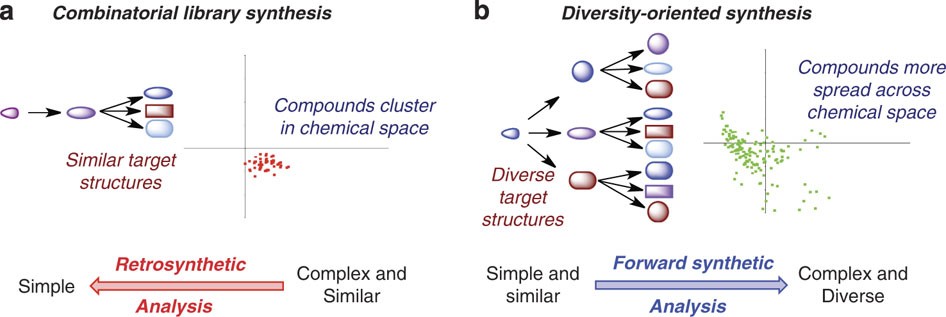Introduction:
In the pursuit of drug discovery and innovation, scientists are constantly seeking diverse libraries of small molecules that hold the potential to target specific biological pathways and diseases. The concept of a Targeted Diversity Library has emerged as a powerful approach, enabling researchers to explore and identify novel compounds with precise targeting capabilities. In this blog, we will delve into the world of small molecules and uncover the unique advantages and applications of Targeted Diversity Libraries.
Small Molecules: The Building Blocks of Drug Discovery
Small molecules are a key component in the development of therapeutics. These compounds, typically consisting of less than a thousand atoms, possess the ability to interact with specific proteins, enzymes, or receptors within the body. Their small size allows them to navigate biological barriers effectively, making them ideal candidates for drug development.
Understanding Targeted Diversity Libraries
A Targeted Diversity Library is a collection of small molecules that are designed and synthesized to address specific biological targets or pathways. Unlike traditional libraries, which often focus on sheer numbers, Targeted Diversity Libraries emphasize quality, diversity, and precision. By strategically selecting compounds, they aim to cover a broad range of chemical space while still maintaining specificity towards a particular target or biological pathway.
Advantages and Applications of Targeted Diversity Libraries
Enhanced Hit Rates and Drug-Likeness:
Targeted Diversity Libraries significantly increase the chances of identifying hits during the drug discovery process. By focusing on specific targets or pathways, these libraries reduce the chances of identifying false positives and increase the likelihood of finding compounds with desired pharmacological activity. Furthermore, these libraries are designed to optimize drug-like properties, such as solubility, bioavailability, and metabolic stability.
Streamlined Lead Optimization:
Targeted Diversity Libraries provide a head start in lead optimization. Since the compounds are selected with the target or pathway in mind, the identified hits often possess desirable structural and functional characteristics. This reduces the time and effort required for further modifications, allowing for quicker progression in the drug development pipeline.
Exploration of New Targets and Pathways:
Targeted Diversity Libraries offer a valuable opportunity for researchers to explore new targets and pathways. By coupling these libraries with advanced screening techniques, scientists can uncover and validate novel drug targets, paving the way for the development of therapies in previously untapped areas of medical need.
Augmented Chemical Space Exploration:
The targeted approach of these libraries ensures a more efficient exploration of chemical space. Researchers can select and design compounds that possess diverse structural features while still maintaining specificity towards their desired target. This facilitates the discovery of new chemical scaffolds and promotes innovative drug design strategies.
Conclusion:
Targeted Diversity Libraries represent a new frontier in the world of small molecule drug discovery. With their precision-based approach and emphasis on quality and diversity, these libraries have the potential to revolutionize the identification of hits and lead compounds. By streamlining the drug development process, exploring new targets, and expanding chemical space, Targeted Diversity Libraries open up exciting opportunities for researchers in their quest to develop novel therapeutics. As we continue to explore and optimize these libraries, we move closer to finding innovative solutions to some of the most challenging diseases and medical conditions of our time.

